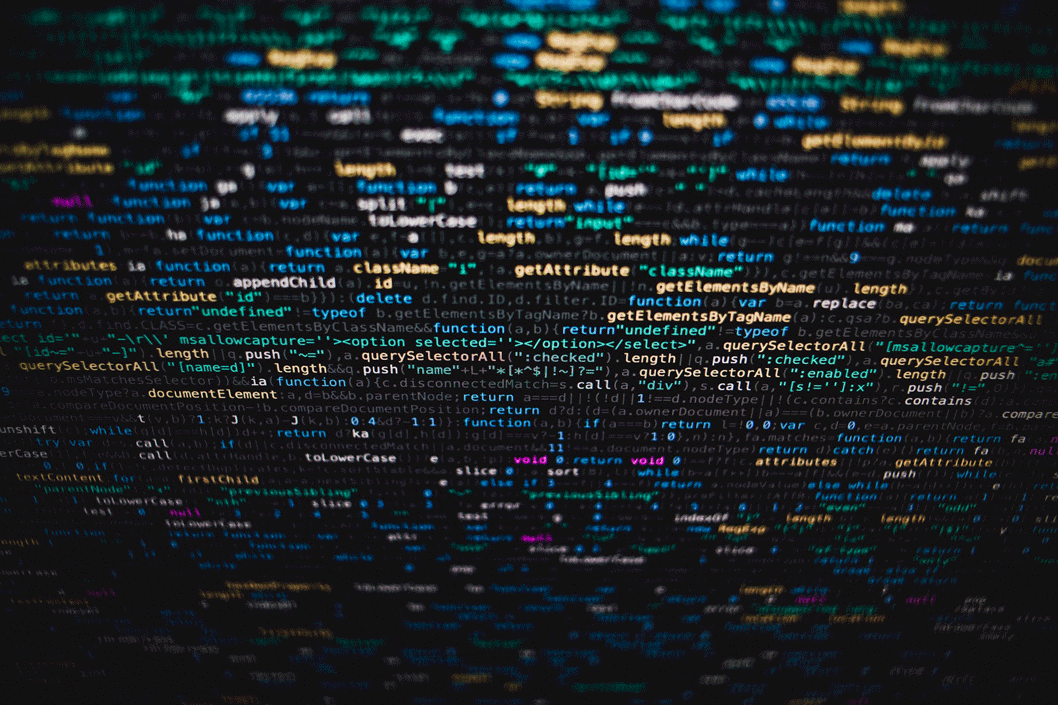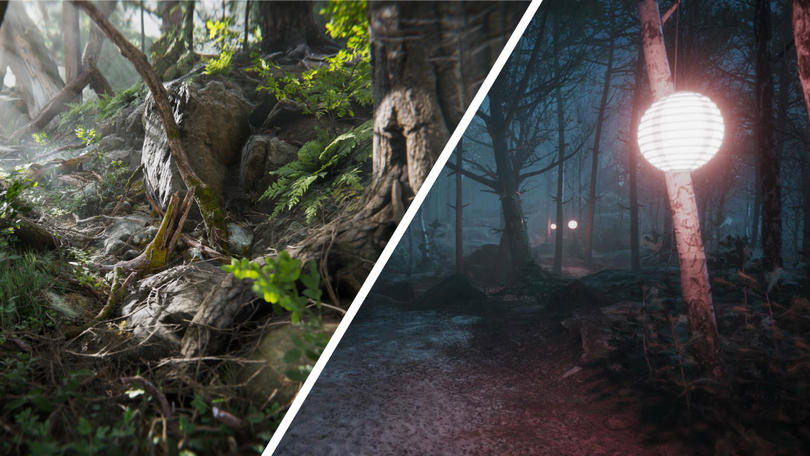5 New Film Technologies Disrupting the Entertainment Industry
4.png)
We will briefly take you on a tour of the filmmaking technology of the future in this article. As we break down seven new film technologies that are disrupting the entertainment industry, we will highlight some new film technologies that you should keep an eye on and investigate how the most recent cinema technology may alter the nature of filmmaking.
- Algorithmic Video Editing
Algorithmic editing simply refers to the process of editing by a predetermined set of guidelines at its core. It's similar to cutting your movie with math, which Sergei Eisenstein, a staunch formalist and certified O.G. of Soviet montage, was famously known for doing in 1925. Even though most movies don't have the formality of Battleship Potemkin, you won't find many modern movies that don't use some of its schematic editing principles. Because of the undeniably advanced nature of new film innovation, PC programming dialects are progressively coordinated into the future of filmmaking innovation itself. If computer programs are really just complicated sets of simple instructions, there are practically no limits to how they can be used in editing.

- 3D Printing
3D printing, a brand-new technology in the film industry, is being used to push the boundaries of prop construction, costume design, and more. This new tech's remarkable assets empower craftsmen to plan three-layered objects with an extraordinary degree of detail that would require innumerable long periods of human work to be duplicated manually. Also, 3D printing permits these items to be changed and iterated with somewhat little exertion.

3D printing is one of the most significant innovations in film history because it bridges the gap between digital imagination and physical reality. At the same time, it helps people save time, cut costs, and have more creative freedom.
- 3D Previsualization
The new film technology of 3D previsualization does the exact opposite of what 3D printing does, which is to turn digital concepts into tangible realities.
Filmmakers are allowed to explore and experiment on their own time and without incurring unnecessary costs thanks to the digital playgrounds of 3D pre-viz. Directors can improve visual designs, film production designers can improve construction precision, directors of photography can eliminate the guesswork from technical solutions, and producers can improve the logistical flow of entire film productions by using the film technology of 3D previsualization.

- Real-Time Rendering
A plethora of film innovations are now possible thanks to real-time rendering, which has the potential to exponentially boost a crew's capacity for experimentation and teamwork. By having the option to both see and modify the collaborations among physical and computerized parts in exacting continuously, movie producers can work quicker with additional accuracy and more choices than at any other time.

Real-time rendering is changing the way people talk about "tech in entertainment" everywhere, from traditional animation to green screen to hybrid filmmaking forms that are just starting to emerge.
- Volume Technology
Volume Technology alludes to the use of huge LED walls to show pre-kept pictures behind the scenes of a shot while surprisingly realistic components are recorded in the closer view, a cycle intended to accomplish a consistent, in-camera piece of physical and computerized parts. It chips away at a similar fundamental standard as the old-fashioned film technology that is rear projection, besides on computerized steroids and with no of significant downsides.

With the guide of real-time rendering, the Internet of Things, virtual film production devices, and the most recent advances in camera innovation, the Volume's LED wall technology offers an effectively adaptable and profoundly vivid computerized filmmaking arrangement, accelerating creation times and enhancing the truth of VFX.


